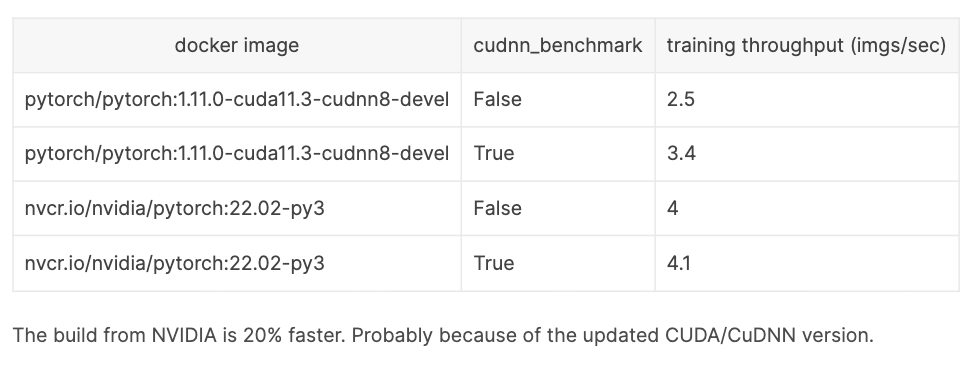Lessons From Deploying Deep Learning To Production
自動運転ベンチャーのCruiseにて筆者が学んだ機械学習モデルのプロダクション運用で重要なことがストーリー形式で綴られている。
以下ためになった点の抜粋
プロダクション環境におけるMLは継続的な改善パイプラインが全てである
I used to think that machine learning was about the models. Actually, machine learning in production is about pipelines. One of the best predictors of success is the ability to effectively iterate on your model pipeline
in research and prototyping stages, the focus is on building and shipping a model. But as a system moves into production, the name of the game is in building a system that is able to regularly ship improved models with minimal effort. The better you get at this, the more models you can build!
継続的な改善パイプラインを達成するためには以下の要素を達成する必要がある
- Uncover problems in the data or model performance
- Diagnose why the problems are happening
- Change the data or the model code to solve these problems
- Validate that the model is getting better after retraining
- Deploy the new model and repeat
プロダクション環境からのフィードバックループを構築する
Set Up A Feedback Loop
フィードバックループには色々な種類があり
ドメインによっては正解データが継続的に手に入ることがある
Leverage domain-specific feedback loops. When available, these can be very powerful and efficient ways of getting model feedback. For example, forecasting tasks can get labeled data “for free” by training on historical data of what actually happened, allowing them to continually feed in large amounts of new data and fairly automatically adapt to new situations.
顧客からのエラー報告も役に立つ
Set up a workflow where a human can review the outputs of your model and flag when an error occurs. The most common way this occurs is when customers notice mistakes in the model outputs and complain to the ML team
モデルの革新度が低かったケースを取ってくるのも良い
The most general (but difficult) solution is to analyze model uncertainty about the data it is running on. A naive example is to look at examples where the model produced low confidence outputs in production. This can surface places where the model is truly uncertain, but it’s not 100% precise.
コメント
商用稼働が当たり前になった先の世界として非常に勉強になる。









































AIOps研究録―SREのための システム障害の自動原因診断 / SRE NEXT 2022
AIを用いてシステム運用効率化AIOpsにおいて障害の原因診断を行う手法を検討した発表。
オフラインで異常と判定されたメトリクスをグルーピングし、因果グラフを生成することで、原因診断を行う。
以下概要のスライドをペタペタ
本手法ではメトリクスの数や変数に対する個別のチューニングが不要となっている
手法の流れ
異常検知
クラスタリング
因果推論
コメント
一連の手法の流れ、及び各stepで考慮すべき事項が丁寧にまとめられていてとても勉強になる。
出典
AIOps研究録―SREのための システム障害の自動原因診断 / SRE NEXT 2022